The British cellist Raphael Wallfisch has made many recordings, most of them of obscure but deserving 20th-century cello concertos. Among the composers he has championed are Mario Castelnuovo-Tedesco, Mieczyslaw Weinberg, Havergal Brian and Paul Ben-Haim.

Perhaps the most obscure so far is the work of the Belgian composer Henriëtte Bosmans (1895-1952). She was born in Amsterdam to musical parents: her father was first cellist of the Royal Concertgebouw Orchestra and her mother a Jewish pianist. Piano was Bosman’s instrument, and during the 1920s she forged a successful local career as a concert pianist. During this time, she also began a successful period as a composer, helped by the contacts she made through her musical upbringing.
The three works for cello and orchestra in this program, following a well-respected Cello Sonata, were composed in 1922, 1923, and 1924 respectively. Rather than being a tribute to her cellist father (who died when she was a baby), the first two were inspired by her relationship with a cellist named Marix Loevensohn (who became her lover). The Second Concerto was dedicated to a young student of his,...
Continue reading
Get unlimited digital access from $4 per month
Already a subscriber?
Log in


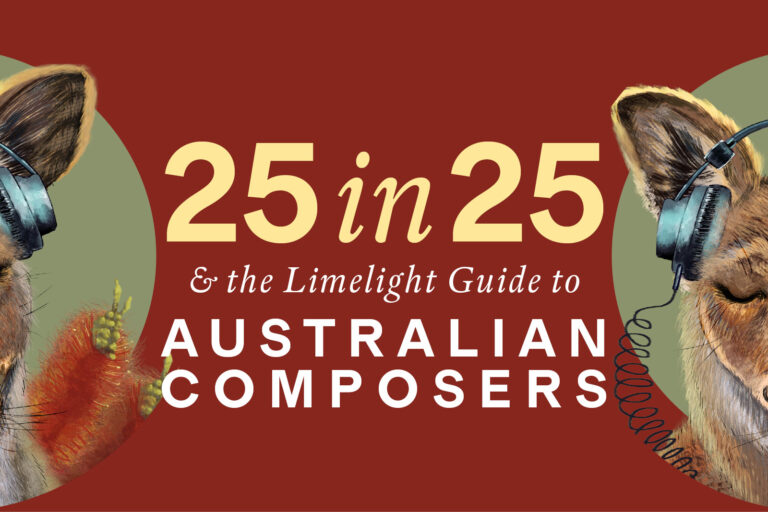

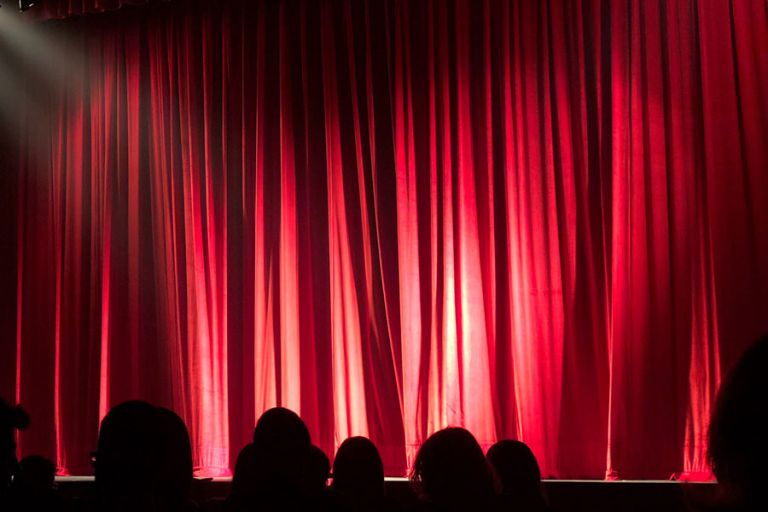
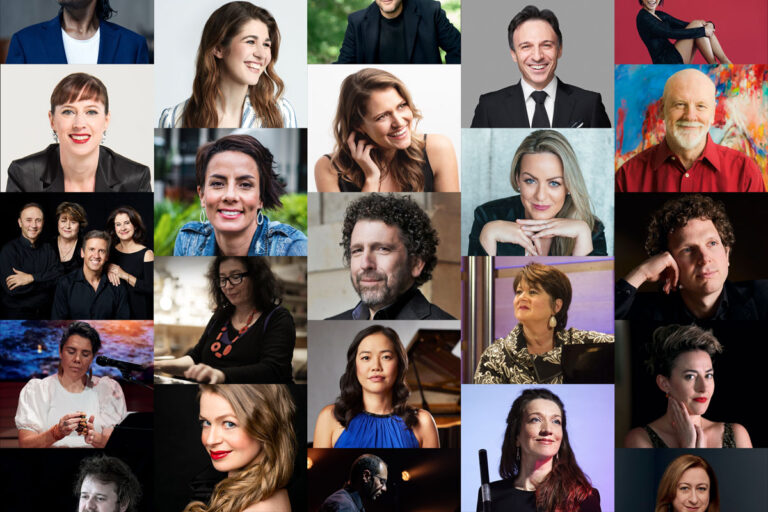
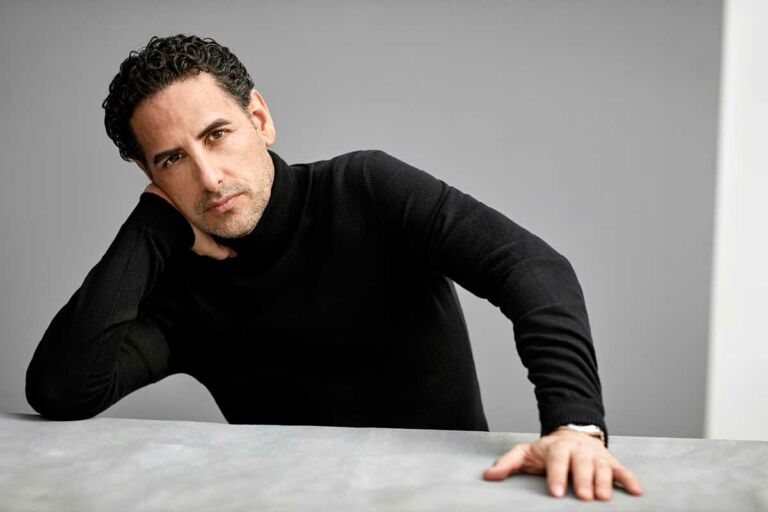

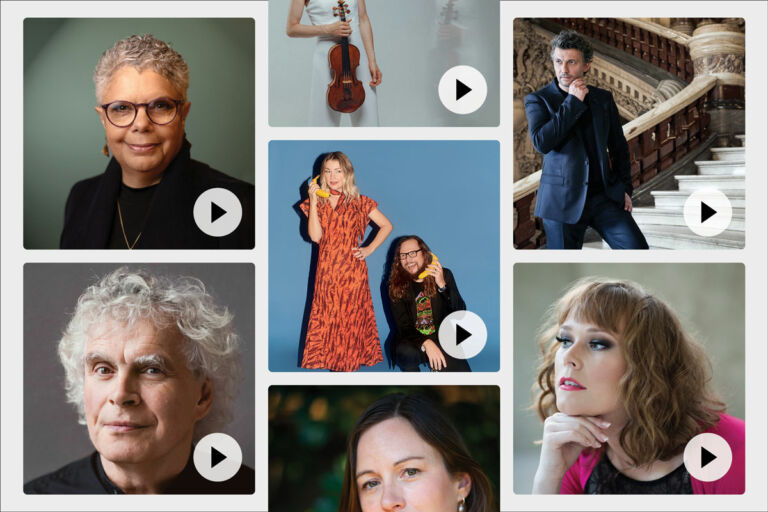

Comments
Log in to start the conversation.